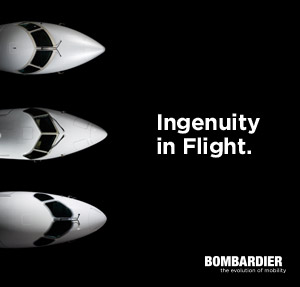Celebración del primer vuelo del P-3 brasileño de Patrulla Marítima modernizado por Airbus Military
April 29, 2009
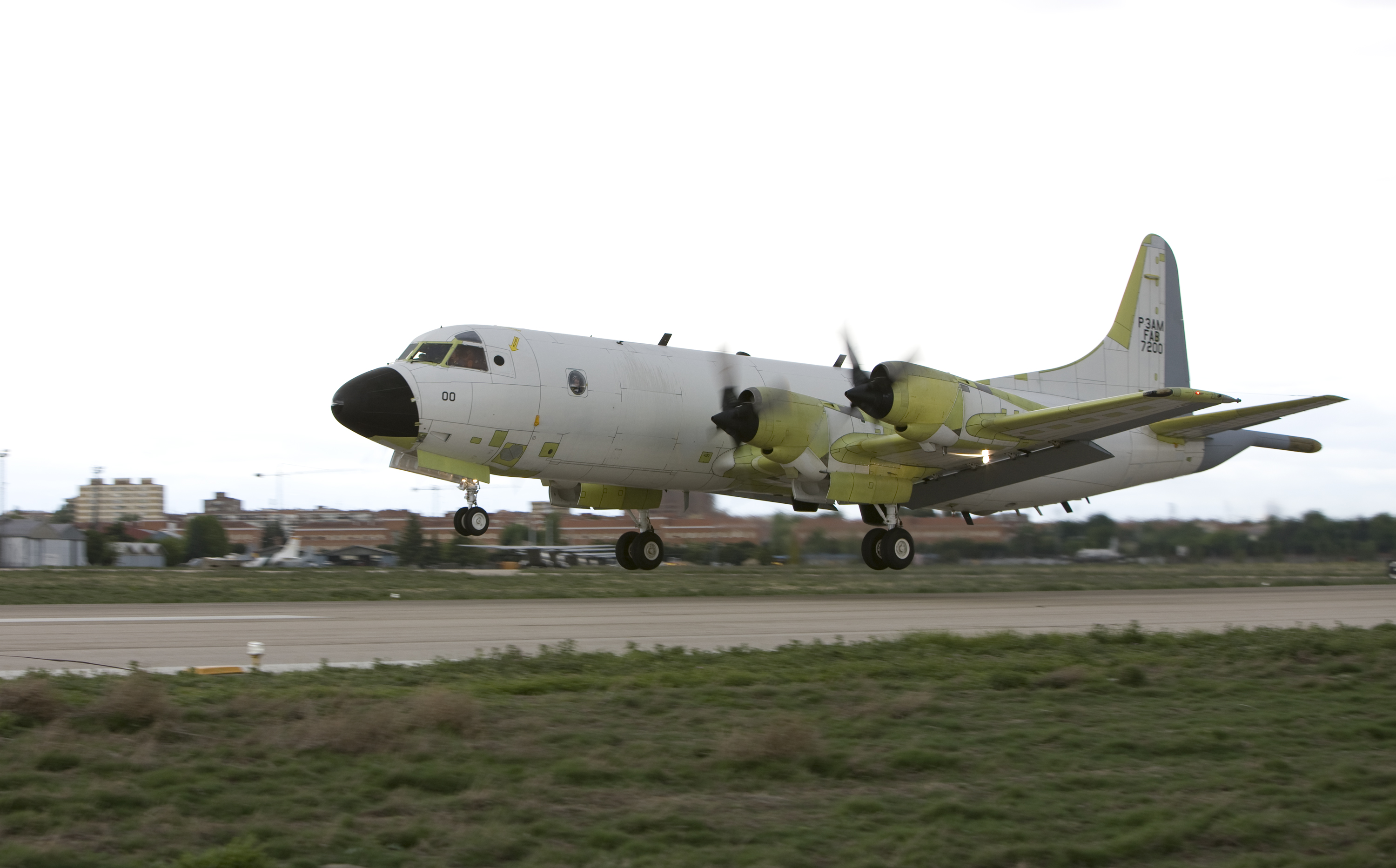
• Es la primera unidad de las nueve adquiridas por el Gobierno brasileño
Madrid, 29 de abril de 2009 – Hoy se ha celebrado el primer vuelo de la primera unidad del P-3 brasileño modernizado en las instalaciones de Airbus Military en Getafe (Madrid).
El acto ha contado con la presencia del Brigadier director del programa del P-3, con el Jefe del programa y con el equipo brasileño residente, así como con miembros de la Dirección de Airbus Military.
Con este vuelo se cumple un nuevo hito en el programa de modernización de nueve (9) unidades del P-3 para el Gobierno brasileño y se culmina la fase de desarrollo e instalación de equipos, comenzando así con la fase de ensayos en vuelo para la calificación del sistema de misión y la obtención de la certificación de aviónica.
Este avión cuenta con el sistema de misión FITS (Fully Integrated Tactical System) desarrollado íntegramente por Airbus Military en España y que es el corazón de un sofisticado sistema de armas que abarca desde la vigilancia marítima a la más completa configuración de lucha antisubmarina. El FITS, diseñado para ser flexible y modular, se puede instalar en cualquier tipo de plataforma, desde las propias de Airbus Military, como C-212, CN-235 o C-295, a otras más grandes como el P-3 Orion o el A319 de Airbus
Los nueve (9) P-3 se utilizarán principalmente en misiones de Patrulla Marítima para la protección de la Zona Económica Exclusiva brasileña (ZEE), control de fronteras, tráfico drogas en la Región Amazónica y en misiones de Salvamento y Rescate en un área de más de 6 millones de Km2 asignados por la OACI al Gobierno de Brasil (prácticamente todo el Atlántico Sur).
Thales sets a world-first through partnership in providing the Microwave Landing System for civil aircraft
April 29, 2009
Neuilly-sur-Seine, 29 April 2009 – Thales today announced that its Microwave Landing
System (MLS) – aimed at increasing aircraft efficiency on airport approach – has received
UK approval for ground installations to Cat IIIb (low visibility conditions) operations at
Heathrow airport. Thales had already received European certification for its onboard aircraft
installations to Cat IIIb (low visibility conditions) operations in November 2007.
British Airways is the first airline worldwide to implement this new system and has been
proving the system on its Heathrow Airbus Single Aisle fleet throughout 2008. The new
system was fully operational from 25 March 2009 and is the result of intelligent partnerships
and significant international joint development between Thales and major industries including
Airbus, British Airways and the UK and French national airport and air transport authorities.
100 automatic landings, with Thales’s Microwave Landing System (MLS) functioning on both
the ground and onboard the aircraft, were required to gain official UK approval and
certification for the system. British Airways has performed automatic landings on both
runways at Heathrow. This application of the MLS technology is a world-first and means that
more flights will be able to land safely in difficult weather conditions, where air traffic is dense
and where interference from buildings or objects including moving aircraft on taxiway around
the approach to the airport is extensive.
“We are delighted with the latest certification, which has enabled British Airways to become
the first airline to benefit from a system that will simultaneously increase capacity and safety,
whilst also providing key environment enhancements”, said Paul Kahn, Managing Director of
Thales’s Navigation & Airport Solutions business. “These synergies have enabled us to
develop a world-class solution in which we are confident other airlines and airports will see a
valuable opportunity.”
The use of MLS technology will have a positive impact on the environment – every minute
gained on a flight represents a saving of the equivalent of 160Kg in CO² emissions.
With its transverse capabilities and “systems of systems” approach, Thales has the capacity
to bring together both ground systems and onboard systems providing a global solution to
meet the requirements of all users.
Microwave Landing Systems
With an average of 10 or 19 days of low visibility per winter, bad weather is a significant
cause of arrival delay in Heathrow. Low visibility produces an average of 35-50% reduction in
the landing rate. MLS-equipped airports and consequentially the airlines using MLS will be
able to maintain their traffic flow during bad weather conditions. MLS reduces the need for air
traffic control to provide extra spacing between landing and departing aircraft in low visibility,
because the MLS signal is less sensitive to aircraft and obstacles at the airport. This also has
the benefit of reducing the overall delay for all airport users.
As the name suggests, MLS uses a microwave signal (5Ghz). This technology is less
susceptible to interference, for example from another aircraft moving on the airport surface or
surrounding buildings, than traditional solutions like ILS. The system has two separate parts
– a ground station and an onboard system – that function together. Onboard the aircraft a
multimode receiver computes the aircraft position with the ideal approach path using a CBand
(5Ghz) digital signal sent by the MLS ground transmitters.
CFM Launches CFM56-7B Evolution Engine Program to Power Enhanced Boeing Next-Generation 737
April 28, 2009
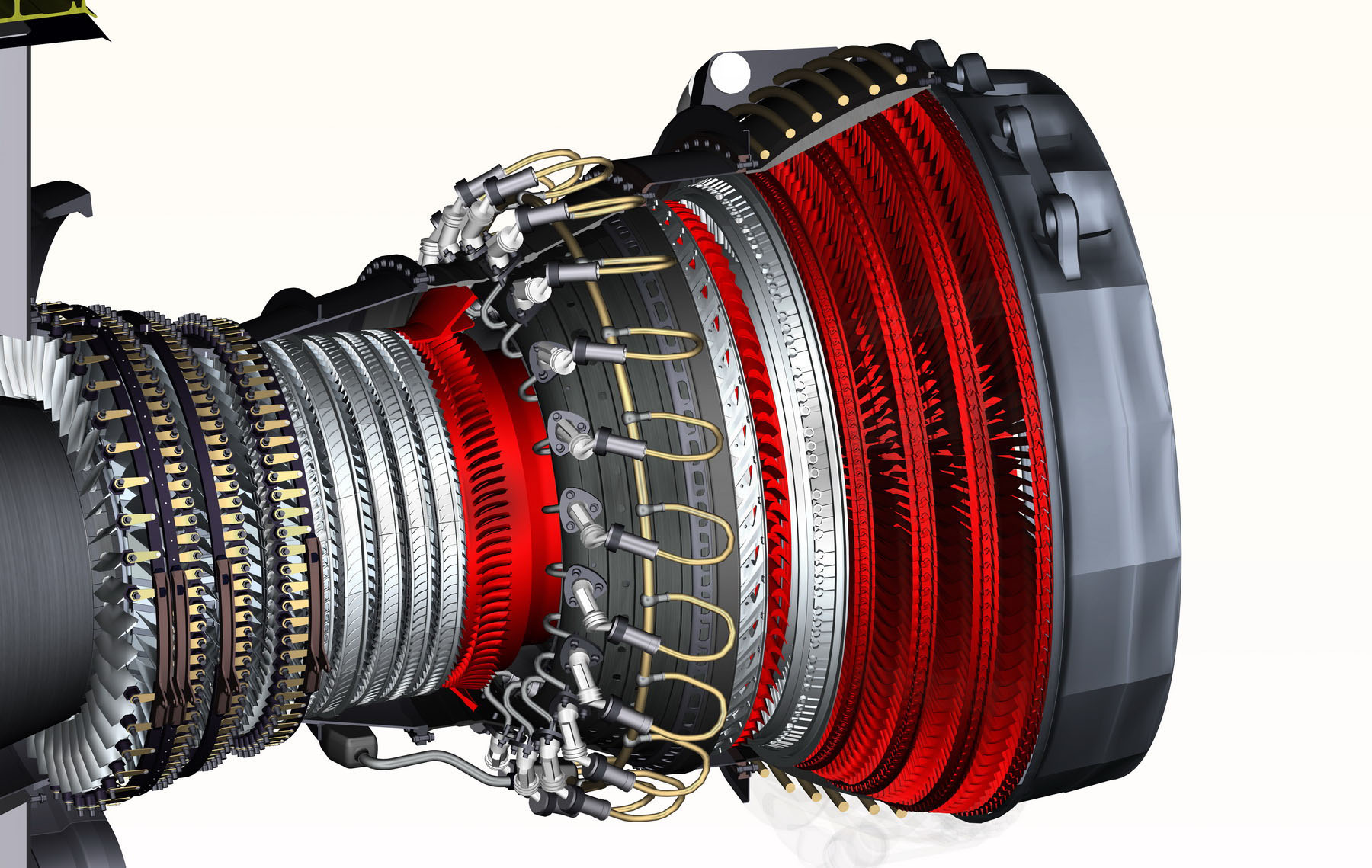
Photo caption: Mock up highlighting (in red) the hardware changes being incoporated into the new CFM56-7B Evolution engine. From left to right: outlet guide vanes; high-pressure turbine; low-pressure turbine.
SEATTLE, Washington — April 28, 2009 — CFM International today launched the new CFM56-7B Evolution engine enhancement program scheduled to enter airline service in mid-2011 to coincide with Boeing Next-Generation 737 airframe improvements also announced today.
The CFM56-7B Evolution-powered Next-Generation 737 enhanced airplane/engine combination will provide a 2 percent improvement in fuel consumption, which, in turn, equates to a 2 percent reduction in carbon emissions. Additionally, the enhanced -7B will provide up to 4 percent lower maintenance costs, depending on the thrust rating.
CFM is using advanced computer codes and three-dimensional design techniques to improve airfoils in the high- and low-pressure turbines to improve engine performance. In addition, CFM is improving engine cooling techniques and reducing parts count to achieve lower maintenance costs.
The first engine is scheduled to begin ground testing in September of this year.
In early 2010, the –7B Evolution configuration will begin flight tests at GE Aviation facilities in Victorville, California, paving the way for engine certification in the third quarter. Flight tests on the Next-Generation 737 are planned for later in 2010, followed by aircraft certification and entry into service in mid-2011.
Once certified, the Evolution engine will carry the nameplate CFM56-7BE.
The CFM56-7B Evolution is a product of CFM International (CFM), a 50/50 joint company of Snecma (SAFRAN Group) and General Electric Company. CFM is the world’s leading manufacturing of commercial aircraft engines and has produced nearly 20,000 engines to date.
Final “Increment 1” VH-71 US Presidential Helicopter Delivered
April 28, 2009
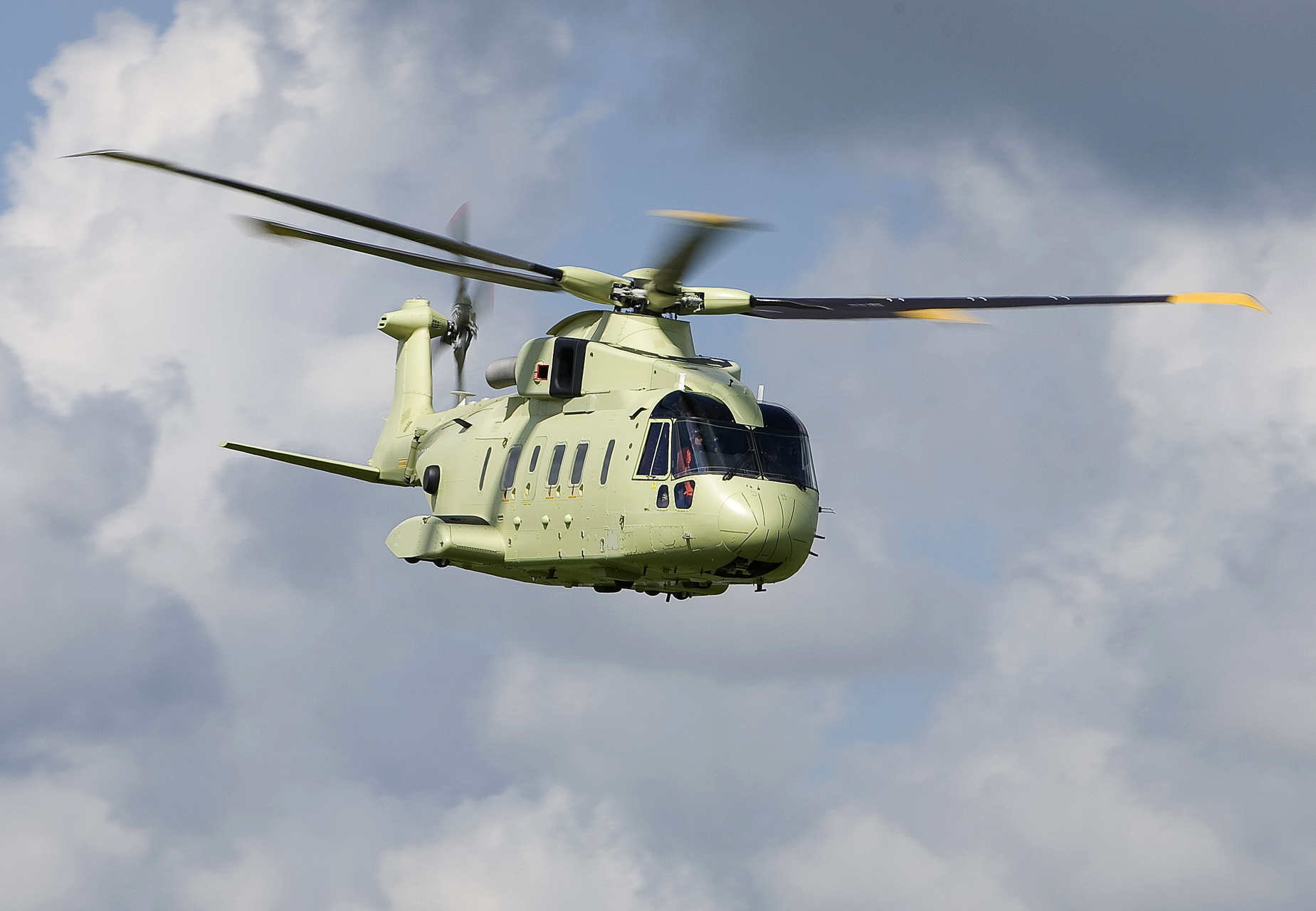
The ninth and final VH-71 to be built under “Increment 1” of the US Presidential Helicopter Replacement Programme departed AgustaWestland’s Yeovil facility today on its way to the United States for completion by prime contractor Lockheed Martin. The aircraft will depart the UK for the US later this week aboard a US Air Force C-17 transport aircraft.
Giuseppe Orsi, CEO, AgustaWestland said at the delivery ceremony “The delivery of the final aircraft today has been achieved just over four years after the contract was awarded in 2005. All the aircraft delivered are completely compliant to the specifications required by the U.S. Government and the progress achieved in such a short period of time is uncommon for an acquisition of this size and complexity. The whole VH-71 team can be proud of this remarkable achievement”.
He went on to say “The VH-71 helicopters meet or exceed all the performance requirements specified in the contract and it remains the only helicopter available today, or in the medium term, that can meet the demanding requirements. The VH-71 delivers much greater safety, speed, range and capability that the legacy aircraft which are now reaching the end of their service life.”
The contract to build four Test Vehicles (TV) and five Pilot Production (PP) aircraft was awarded in January 2005 after an exhaustive evaluation of all solutions. Since then the programme schedule for AgustaWestland has changed by only six months while accommodating over 800 customer changes including 50 major design changes.
The VH-71 is more than an executive transport helicopter – it is a command and control platform that will provide the President with seamless communications connectivity and fulfil the Marine One mission requirements. The VH-71 aircraft will be ready to enter service in late 2010 following installation of the cabin interior, communications suite and other mission equipment. Following delivery of the final “Increment 1” aircraft AgustaWestland will continue to provide technical and logistical support for the fleet of aircraft and is ready to proceed with “Increment 2” or a range of alternative solutions utilising the capabilities of the “Increment 1” VH-71.
The VH-71 is based on the successful multi-mission AW101 helicopter currently serving with seven armed forces and has logged more than 180,000 flight hours, including prolonged combat operations in Iraq and Kosovo.
Cessna’s Pelton Advocates ‘Doing What is Right’ in Speech to Aviation Insurers
April 28, 2009
SAN FRANCISCO, April 28, 2009 Jack J. Pelton, chairman, president and chief executive officer of Cessna Aircraft Company, a Textron Inc. (NYSE: TXT) company, yesterday told aviation insurance professionals the key to quality and safety in the general aviation industry is “doing what is right, whether or not it’s a mandate.”
“What Cessna is most proud of is our focus on the quality of the aircraft we build and the service we provide a focus that results in safe products and, in the end, better insurance rates for our owners,” he said.
Pelton was a keynote speaker at the annual conference of the Aviation Insurance Association (AIA), a not-for-profit association dedicated to expanding the knowledge of and promoting the general welfare of the aviation insurance industry.
Pelton described key strategies to ensuring the quality and safety of Cessna aircraft in the field, including monitoring the operation of the aircraft, proactively addressing any issues, having a service and support network able to maintain the integrity of aircraft and encouraging training among pilots, flight instructors and maintenance personnel.
To capture aircraft field performance, Pelton said, Cessna relies on customer service personnel, field service professionals and an in-house accident investigation team. The company also works closely with the National Transportation Safety Board and Federal Aviation Administration on all matters including safety and accident investigation.
“Every day we continue to monitor the operation of our current and legacy aircraft to assure our field information is complete, accurate and up-to-date. We are very proud of the field experience and safety record of our aircraft,” Pelton said.
CAE Global Academy expands its presence in the Chinese market with pilot provisioning contract for Xiamen Airlines
April 28, 2009
WORLD AIRLINE TRAINING SYMPOSIUM (WATS), ORLANDO, FLORIDA, U.S.–(Marketwire – April 28, 2009) – (NYSE:CGT)(TSX:CAE) – CAE Global Academy continues to expand its presence in the Chinese market with a pilot provisioning contract for China-based Xiamen Airlines for approximately 70 pilots over the course of two years. A group of Xiamen Airline cadets began training last month at CAE Global Academy, Phoenix, CAE’s flight school in Arizona, U.S.
“We are pleased that Xiamen Airlines has selected CAE for recruiting and training their future pilots,” said Jeff Roberts, CAE’s Group President, Civil Products and Training & Services. “Our state-of-the-art training facilities and simulation equipment will help Xiamen Airlines prepare its pilots to fly a growing fleet as the airline expands in the world’s fastest-growing aviation market. We look forward to recruiting new pilots that will help Xiamen Airlines continue to grow and prosper.”
CAE Global Academy incorporates hands-on training throughout the curriculum through the use of the latest simulation-based technology and by spending 250 hours flying an aircraft. At the end of training, the cadets will graduate with a Commercial Pilot License (CPL) approved by the Civil Aviation Administration of China (CAAC). The comprehensive training package will allow the cadets to join Xiamen Airlines directly as first officers.
CAE Global Academy, Phoenix has been certified by the CAAC to train pilots up to a capacity of 150 Chinese students per year, one of the biggest capacities ever awarded. The Phoenix flight school was created following the acquisition of the Sabena Airline Training Centre in June 2008, and with 45 aircraft, it has the largest fleet in the CAE Global Academy network.
CAE’s pilot provisioning program is intended to help address the current recruitment challenges of airlines around the world. CAE currently has more than 10 pilot provisioning contracts with airlines around the world.
CAE receives Federal Aviation Administration approval for six e-Learning-based maintenance training courses
April 28, 2009
WORLD AIRLINE TRAINING SYMPOSIUM (WATS), ORLANDO, FLORIDA–(Marketwire – April 28, 2009) – (NYSE:CGT)(TSX:CAE) – CAE has received Inspection Authorization (IA) approval from the Federal Aviation Administration (FAA) for six of its e-Learning maintenance training courses.
The e-Learning courses, which are offered to maintenance technicians remotely over the web, include the B737NG engine ground operations, advanced digital principles, human factors, maintenance diagnostic systems (MDS) and reduced vertical separation minimums (RVSM).
“Our web-based courses help our customers work more efficiently by providing easy, flexible access to high-quality training material,” said Jeff Roberts, CAE’s Group President, Civil Products and Training & Services. “By expanding our portfolio of web-based courses, we continue to meet our customers’ needs for cost-effective solutions in these challenging economic times.”
As part of their training program, maintenance technicians must train a specific number of hours in order to have their IA certificate renewed. Web-based courses offer maintenance technicians a new way to gain qualified hours, traditionally available through instructor-led courses.
Along with the six e-Learning courses, 89 other CAE maintenance training courses received IA approval from the FAA.
CAE’s e-Learning and courseware training solutions provide enhanced self-paced courses and practice tools for initial/transition, recurrent, refresher pilot and maintenance training. They can be integrated into existing airline training programs or offered as part of CAE’s advanced training programs, specially designed to maximize customer value by reducing training costs and providing more efficient usage of higher-end training devices.
Airbus Military performs A330 MRTT receiver testing with a French Air Force KC-135
April 28, 2009
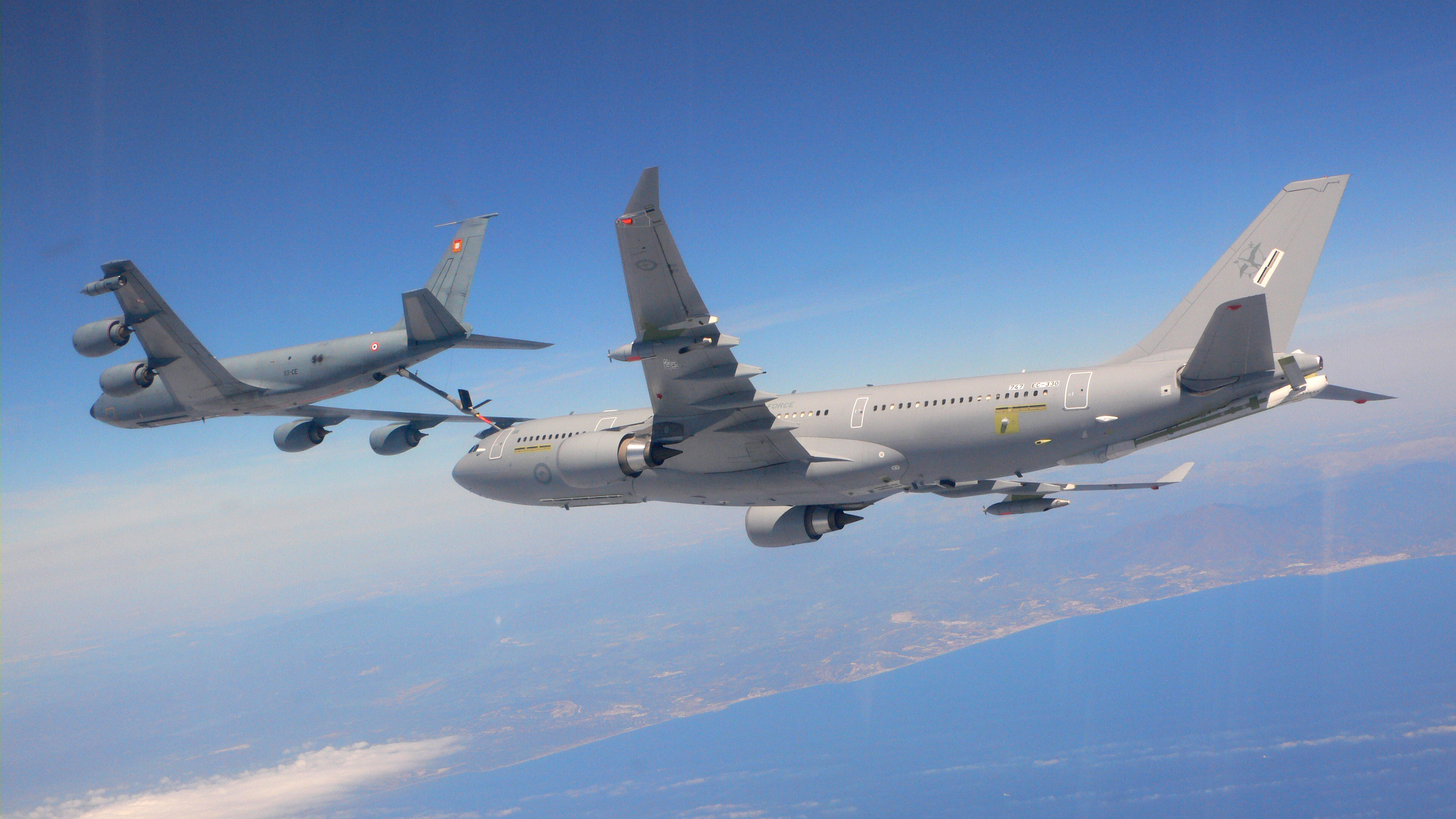
Madrid, April 28, 2009- After completing testing of the flight control laws of the new A330 MRTT as a receiver aircraft with the Airbus Military A310 Boom Demonstrator, in which the A310 tanker made more than 80 con-tacts, Airbus Military has further validated the receiver flight control laws of the A330 MRTT with a French Air Force KC-135 Aircraft.
Two flights involving 20 contacts have been performed between the first Royal Australian Air Force KC-30A (A330 MRTT) and the French KC-135 aircraft. The support of the French Air Force to the Australian A330 MRTT program has been possible thanks to a technical agreement between the Minister of Defence of the French Republic and the Minister for Defence of Australia on co-operation in the field of defence armament concerning tanker aircraft in which a series of flight trials will be performed with a French tanker and different receiver aircraft.
Since commencement of the second flight test phase last December, Air-bus Military has performed a range of testing; including tanker and re-ceiver flight control laws validation, underwing pod testing, boom data gathering and envelope expansion as well as MIDS, Link 16 and military avionics and mission testing, logging a total of 102 flights.
The A330 Multi Role Transport Tanker (MRTT), a military derivative of the successful A330-200 commercial aircraft, is the most capable air-to-air refuelling solution available today. It has won the last five international competitions where it has participated: Australia, UAE, Saudi Arabia, UK, and the USA.
Airbus Military realiza pruebas del A330 MRTT como receptor utilizando un KC-135 de la Fuerza Aérea Francesa como avión nodriza.
April 28, 2009
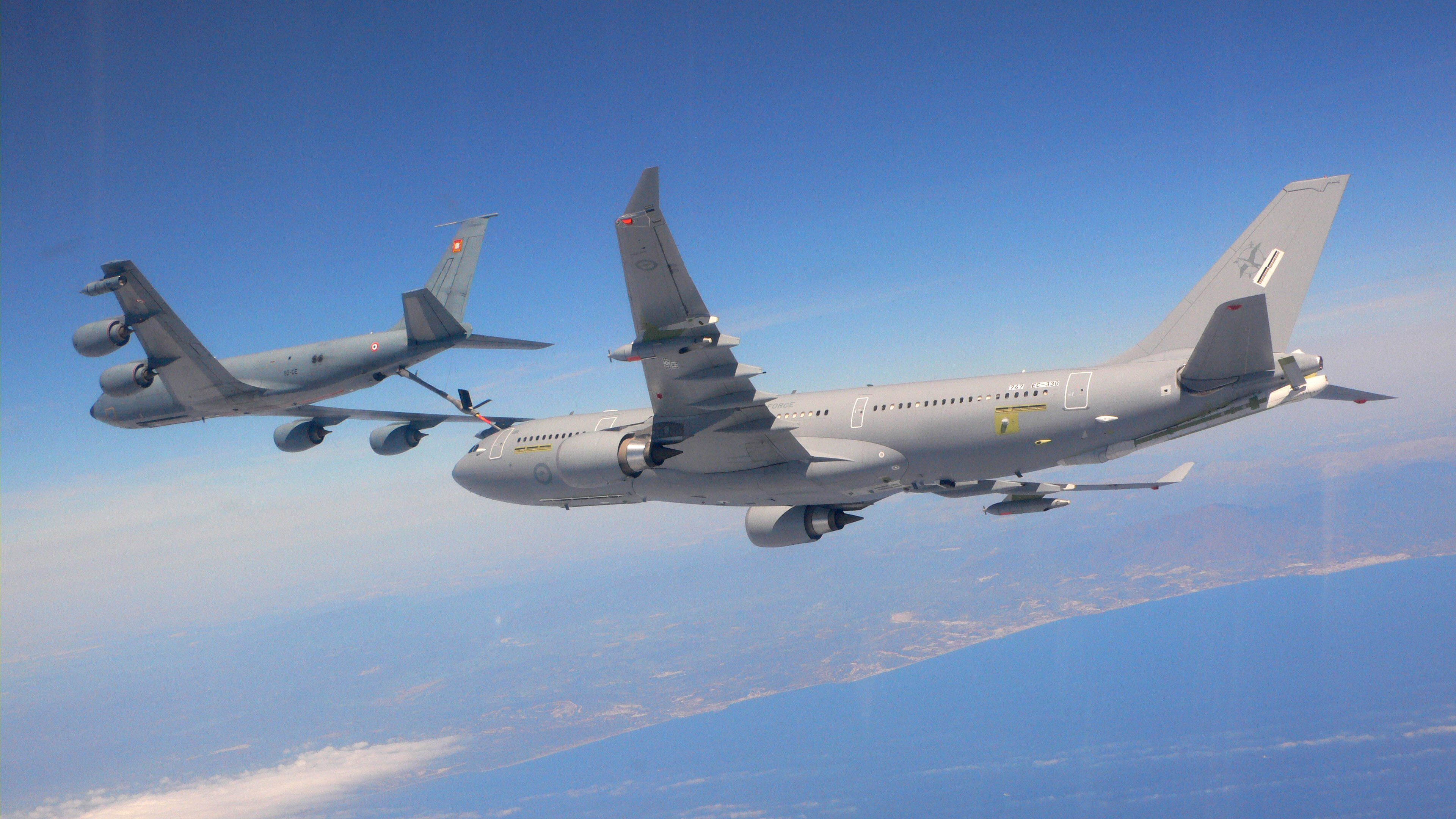
Madrid, 28 de abril de 2009 – Una vez completados los ensayos de las leyes de control de vuelo del nuevo A300 MRTT como avión receptor utilizando como avión nodriza el A310 (Demostrador del Boom desarrollado por Airbus Military) con el que se realizaron más de 80 contactos, Airbus Military ha validado las leyes de control de vuelo del A330 MRTT utilizando en esta ocasión un KC-135 de la Fuerza Aérea Francesa como avión cisterna.
Se han realizado dos vuelos, con 20 contactos, entre el primer avión KC-30A (A330 MRTT) de la Real Fuerza Aérea Australiana y el KC-135 francés. El apo-yo de la Fuerza Aérea Francesa al programa Australiano A330 MRTT ha sido posible gracias a un acuerdo técnico de cooperación entre los Ministros de De-fensa de la República Francesa y de Australia en materia de defensa relacio-nado con los aviones de reabastecimiento en vuelo, según el cual se realiza-rán una serie de pruebas de vuelo con un avión cisterna francés y diferentes aviones receptores.
Desde el comienzo de la segunda fase de ensayos en vuelo llevada a cabo el pasado mes de Diciembre, Airbus Military ha realizado una serie de ensayos que incluyen; la validación de leyes de control de vuelo como avión cisterna y como receptor, pruebas de los “pods” de las alas, recopilación de datos del sis-tema boom y expansión de la envolvente de vuelo, así como del MIDS, Link 16 y pruebas de misión y de aviónica, registrando un total de 102 vuelos.
El A330 MRTT, un derivado militar basado en el avión comercial de gran éxito A330-200, es en la actualidad la mejor y más moderna solución de reabasteci-miento en vuelo del mercado. Ha ganado los últimos cinco concursos interna-cionales en los
Boeing Unveils Performance, Comfort Changes to Next-Generation 737s
April 28, 2009
SEATTLE, April 28 /PRNewswire-FirstCall/ — Boeing (NYSE: BA) today announced that seven airlines will be the first to incorporate the new, spacious 737 Boeing Sky Interior starting in late 2010. The interior features soft, blue-sky-like lighting overhead.
The airlines are:
- FlyDubai – Dubai, United Arab Emirates
- Continental Airlines – Houston
- Norwegian Air Shuttle ASA – Fornebu, Norway
- Malaysia Airlines – Kuala Lumpur, Malaysia
- TUI Travel PLC – London
- GOL Airlines – Sao Paulo, Brazil
- Lion Air – Jakarta, Indonesia
787 Style in the World’s Leading Single-Aisle Airplane
Drawing from years of research used to design the interior for the 787 Dreamliner, the 737 Boeing Sky Interior features new, 787-style modern sculpted sidewalls and window reveals that draw passengers’ eyes to the airplane’s windows, giving passengers a greater connection to the flying experience. On a more practical note, the sidewall design integrates the air vent so that before-flight security checks go more quickly for maintenance staff.
The new design offers larger, pivoting overhead stowage bins that add to the openness of the cabin. The bins give more passengers room to store a carry-on roll-aboard near their own seat, adding both extra convenience and extra legroom.
Boeing redesigned reading-light switches so passengers can find them more easily and avoid accidentally pressing the flight-attendant call button.
Speakers are integrated into each row’s passenger-service unit to improve sound and clarity of public address operations, while the new integrated air vent and improved noise-dampening materials reduce overall cabin noise.
More efficient, more clean
Changes to the Next-Generation 737 are more than cosmetic: Boeing is targeting a 2 percent reduction in fuel consumption by 2011 through a combination of airframe and engine improvements. Airplane structural improvements will reduce drag on the airplane, reducing fuel use by about 1 percent. Boeing’s engine partner, CFM, is contributing the other 1 percent fuel savings through hardware changes to its engine.
Continental Airlines will make a Next-Generation 737-800 available to Boeing to flight test the performance improvements.
<





